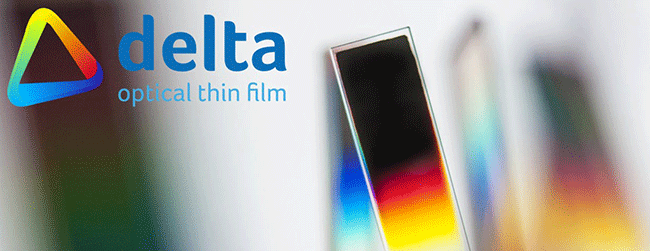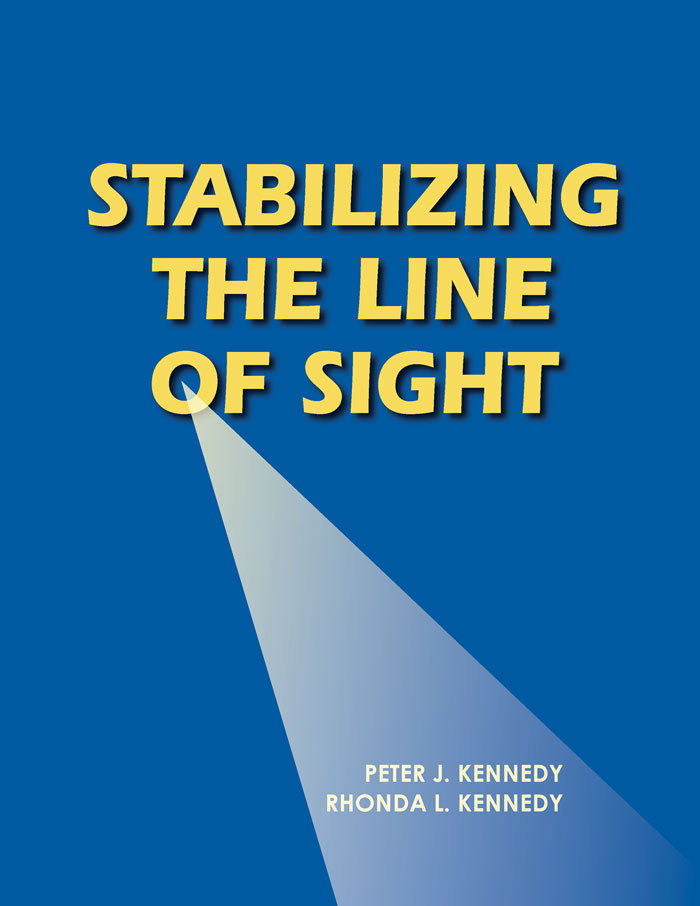| sponsor |
 |
|
Light and Heat Create New Biocompatible Microparticles
Using light and heat, researchers at Duke University developed a technique for manufacturing biocompatible microparticles for potential use in drug delivery, diagnostics, and tissue engineering. According to research scientist Stefan Roberts, the technique is simple enough to be scaled up to make billions of microparticles in just a few minutes.
|
|
|
|
|
|
III-V Lasers Grown on Silicon Wafers Could Advance Silicon Photonics
Researchers from the Hong Kong University of Science and Technology have directly grown 1.5-µm III-V lasers on industry-standard 220-nm silicon-on-insulators (SOI) wafers without buffer. This work could advance the use of III-V light sources with silicon (Si)-based photonic devices.
|
|
|
|
|
|
 4G Continuously Variable Filters
4G Continuously Variable Filters
Delta Optical Thin Film A/S
Delta Optical Thin Film has utilized its decades of experience to develop the 4th generation Continuously Variable Shortwave Pass and Continuously Variable Longwave Pass Filters. A continuously variable filter is a wedged filter that has spectral properties that vary continuously along one dimension of the filter.
Visit Website
Request Info
|
|
|
 Stabilizing the Line of Sight
Stabilizing the Line of Sight
Photonics Media
In Stabilizing the Line of Sight, authors Peter J. and Rhonda L. Kennedy provide a methodology and an example for executing a successful end-to-end line-of-sight (LOS) design. Comprehensive in scope, this book will give readers a better understanding of the relationships between the various engineering disciplines that are required for successful LOS control.
Visit Website
Request Info
|
|
|
|
|
|
Lasers Could Lead Search for Water on Earth’s Moon
There are craters in the moon’s south pole that have remained dark for billions of years, but scientists have found evidence that the region may contain water. NASA has awarded nearly $1 million to eight university teams to develop methods to search for, and eventually extract, water from these permanently shadowed regions.
|
|
|
|
|
|
Butterfly Wing Nanostructures Achieve Ultrablack in Ultrathin Structures
A team at Duke University is studying butterflies with wings that are 10 to 100 times darker than everyday black objects. As little as 0.06% of the light that hits the ultrablack butterfly wings is reflected back to the eye. This percentage is close to the blackest black coatings made by humans to help solar panels absorb more energy or enable line telescopes to reduce stray light.
|
|
|
|
|
|
COVID-19 Increases Demand for Disinfecting UVLEDs Read Article
Optomagnetic Technology Could Reduce Coronavirus Diagnostic Time Read Article
COVID-19 Spreads, New York Institutions Remain Resilient Read Article
AR Rapid Deployment Kits Aid Response to COVID-19 Read Article
NIH Challenge Encourages Development of Hand-Held Devices for Disease Diagnosis Read Article
|
|
|
|
Photonics North 2020
May 26-28, 2020 - Scotiabank Convention Centre - Niagra Falls, Ontario, Canada
This conference will be an excellent opportunity to network with researchers, government representatives, and photonics industry professionals. Please note: The conference organizing committee is watching the COVID-19 pandemic situation closely and is following the guidelines given by all levels of government. The health and safety of conference attendees, colleagues, and communities are the committee's top priority. The conference committee is assessing all options and will communicate its decision about whether to go forward with the conference soon.
|
|
|
|
Getting Specific About Coating Specifications
Wed, Apr 15, 2020 1:00 PM - 2:00 PM EDT
In this webinar, the technical team at North American Coating Laboratories (NACL) will provide a basis for specifying, testing, and confirming that your coating needs are clearly stated on drawings and are clearly conveyed to your coating solutions provider. To achieve this, the NACL team asks that you let them know what challenges you have faced or are facing currently with regard to specifying and testing optical coatings and meeting your coating requirements. You can do this when you complete the registration process. The NACL team will review all responses and prepare a presentation that is customized to the concerns of the registrants.
|
|
|
|

CALL FOR ARTICLES
Photonics Media is currently seeking technical feature articles on a variety of topics for publication in our magazines (Photonics Spectra, BioPhotonics, Vision Spectra, and EuroPhotonics). Please submit an informal 100-word abstract to [email protected], or use our online submission form.
|
|
|
|